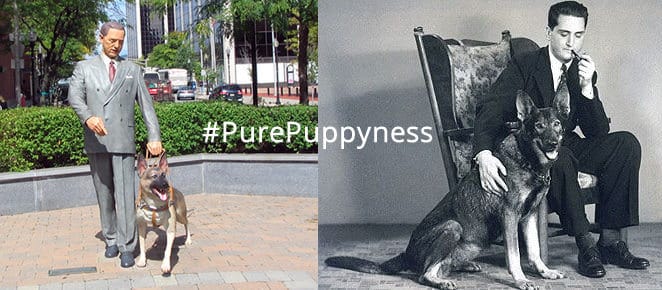Warning: Undefined variable $custom_content in /www/wwwroot/adoptorbuy.com/wp-content/themes/fairy-blog/functions.php on line 107
Many dogs love to visit the beach: games to play, sand to roll in, and plenty of water to splash around in. But there are a few hidden dangers at the beach, such as your dog drinking salt water. Although a few sips of sea water shouldn’t hurt your dog, you could be in trouble if your pooch drinks a larger amount. Here’s our advice on what to do if your dog swallows sea water.
Harmful sea water
Sea water can be surprisingly harmful to your dog. Sea water is definitely not for drinking, mostly due to its high salt content. When a dog drinks sea water, or carries toys that have absorbed a lot of sea water (such as tennis balls), it takes extra sodium, as sea salt is made up of sodium chloride. The extra sodium dehydrates the dog and plays havoc with their electrolyte balance, which often results in mild diarrhoea.
Symptoms
If a dog has ingested large amounts of salt water then the effects can be much more serious. Symptoms of salt water poisoning include diarrhoea (which may contain blood or mucous), vomiting, dehydration, seizures and lack of coordination. Depending on their severity, your dog might need vet care if these symptoms occur.
Prevention
Prevention is better than cure, so you should try to avoid salt water poisoning. Bring a bottle of fresh water with you to the beach, so that your thirsty dog has clean water available to drink. It’s also a good idea to take a break from the sea every 15 minutes or so. You can use these breaks to offer water to your dog. You can give him a bowl to drink from, or squirt water into his mouth with a sports drink bottle or similar.
If your dog swallowed salt water
If your dog has already drunk a lot of sea water, take them home and monitor them. Give the dog an old towel to lie on in a quiet room (preferably, one that is easy to clean). Continue to offer them fresh water to drink. Offer small amounts of water every 30 minutes, even if your dog is vomiting or suffering from diarrhoea, as they need water to help replace their body fluids.
If your dog can go without vomiting after about two hours, you can give him a slightly sugary drink. Such as a half and half mixture of apple juice and water, or a slightly salty drink. The idea behind these drinks is to help restore the dog’s electrolyte balance. Again, offer these drinks frequently, but in small amounts.
Do not try to feed your dog until at least 24 hours have passed since they last vomited. Try to provide bland food such as a small amount of rice and some chicken breast or scrambled egg. Keep these meals small but frequent for a couple of days. If everything seems normal after two or three days, your dog can start eating its normal diet again.
Although most dogs should recover from salt water poisoning, it is crucial to monitor your dog. If your dog doesn’t appear to be recovering and shows symptoms such as fits, you should definitely go to the vet. If you are at all worried about your dog, call your vet and ask for advice.
This article was originally published on NewDoggy.com .


